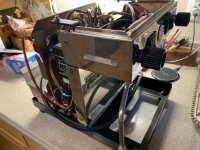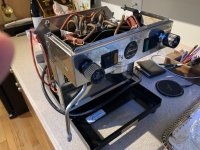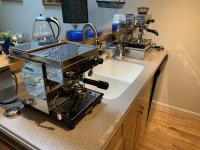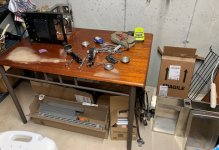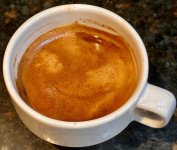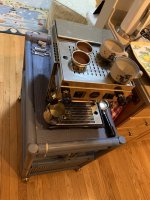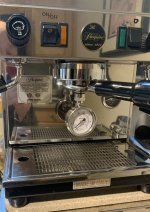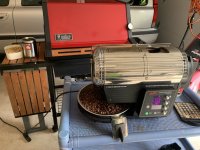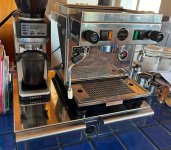Rich G
TVWBB Honor Circle
I've seen it written various places that darker roasts benefit from lower brew temps, but I've never even considered modifying brew temps based on the level of roast. Seems like chasing shadows at some point, Larry.So just wondering since this seems to be the place where people know a lot about beans. (coffee beans LOL). I recall reading somewhere but can't remember where. Do darker roasts benefit from a higher or lower brew temperature? Likewise what about roasts still on the dark side but more "medium"?
R

